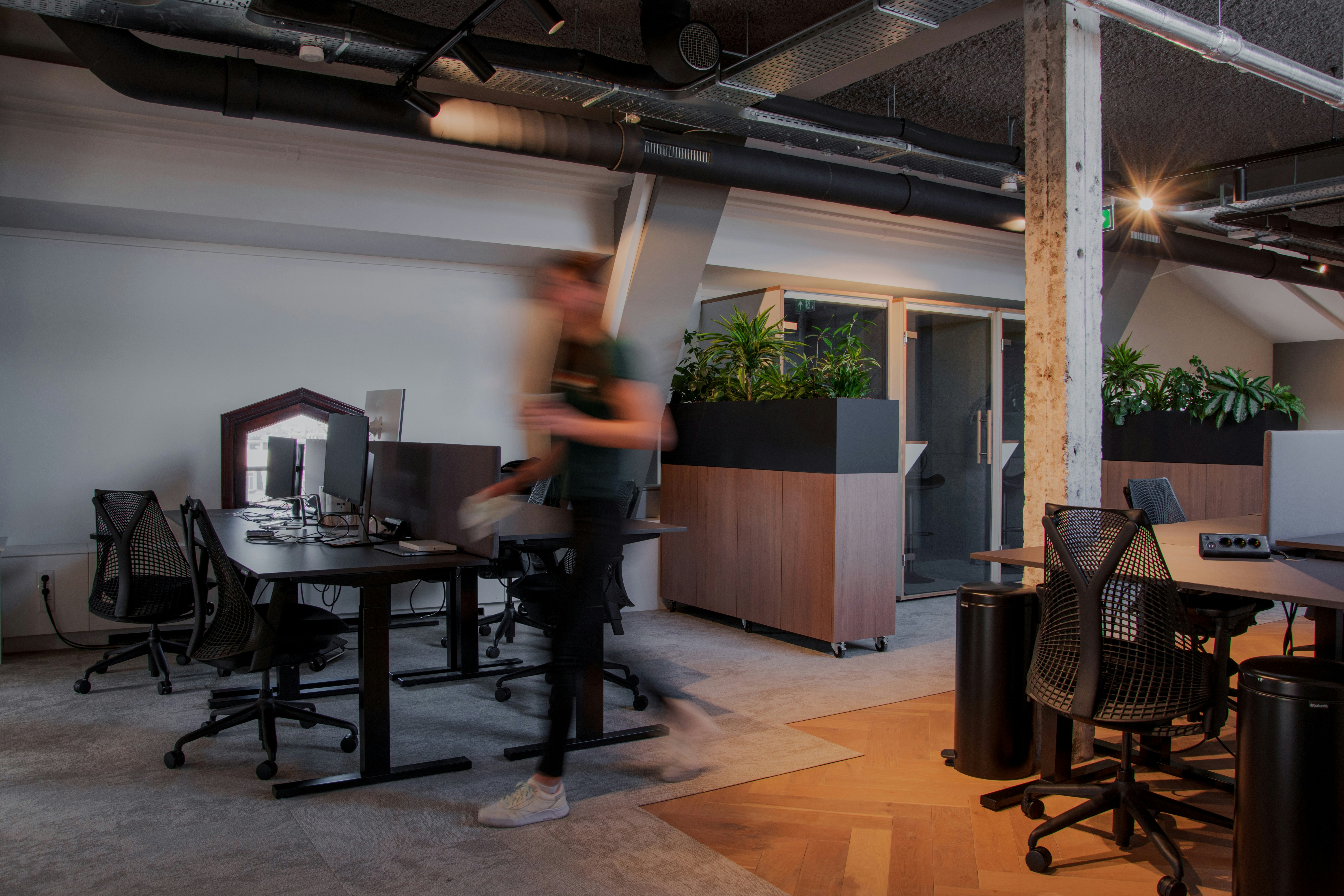

The meeting room appears available, IEQ readings are optimal, all equipment is online... but no one is booking it.
Let’s pause and think—why? We’ll come back to this at the end.
When we think of Solve as a standalone product, we picture a smart ticketing system, a tool to uncover and address unmet workplace needs. But zoom out for a moment. Solve is more than that. It’s a gateway platform for your Smart Building—a bridge between human experience and digital intelligence.
At its core, Solve has an Asset Management System equipped with an advanced Location Hierarchy, designed to conform to strict Naming Schemas and Smart Building Ontologies of your choice. What does this mean? It means you can integrate human feedback directly into the same Independent Data Layer (IDL) and Data Lake as the rest of your Smart Building data—whether it's IEQ (Indoor Environmental Quality) sensors, space analytics, or energy consumption data etc.
In other words, humans are now sensors.
That might sound a little Orwellian at first glance, but remember, this data is anonymous. The real power here is in enriching Smart Building insights with real human experiences.
Consider the most common issue reported to Facility Managers (FMs): "I’m too hot/cold."

Now, imagine a building occupant using Solve to report that they feel cold. They simply tap the nearest Solve Tag and select "I’m too cold". This report is now logged in the same data layer as the IEQ sensor data. Because both Solve and the IEQ sensors adhere to the same location-based Naming Schema, Ontology, and timestamps, we can directly compare human feedback with sensor readings.
The result? A more complete, real-world understanding of building performance.
A sensor might indicate the temperature is within range…… but there are lots of factors at play here around Thermal Comfort Variability including Stratification, Draughts, Cold Spots etc…. but think simpler than that, if multiple people report feeling cold in the same area, we know there’s an issue. And even if it’s a single person reporting discomfort, Solve can help direct them to another area better suited to their preferences via its messaging system.

Most importantly, this process removes human bias from workplace issue resolution. Instead of dismissing complaints as subjective ("That guy is always cold!"), Solve transforms them into actionable, data-backed insights.
Solve can integrate with almost any Smart Building Platform via Cloud-to-Cloud APIs, conforming to any Naming Schema and Ontology defined by the Master Systems Integrator (MSI).
Let’s circle back to our empty meeting room. What might the sensors not be telling us?
Is the room too cold? Does it smell bad? Is it messy, with a stained carpet? Or maybe people just don’t like the décor?
Only humans can truly report on these things.
Solve is more than just a ticketing system—it’s a human-centric Smart Building platform that bridges the gap between sensor data and real-world human experience. Whether as a standalone solution or an augmentation to a larger smart building platform, Solve plays a critical role in the evolution of truly responsive, intelligent workspaces.
.png)
Solve Q2 & Q3 Release Notes: Smarter Maps, Faster Navigation, and Better Analytics

Hereworks Solve Use Cases: From Invisible Issues to Measurable Results

From Concept to Implementation: Your 3-Step Guide to Deploying Hereworks Solve
.png)
Solve Q2 & Q3 Release Notes: Smarter Maps, Faster Navigation, and Better Analytics

Hereworks Solve Use Cases: From Invisible Issues to Measurable Results

From Concept to Implementation: Your 3-Step Guide to Deploying Hereworks Solve